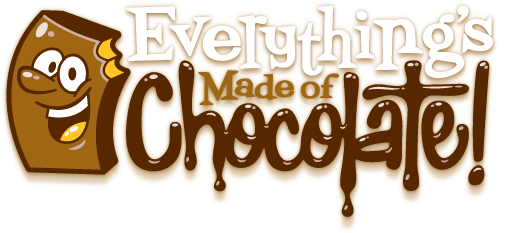We were planning on doing a project about a year ago, and at the time realized that perhaps that wasn’t the best way to go. Our reasons were sound at the time. Kickstarter requires that your “project” have a specific, limited goal. At first we thought we’d just ask people to help us raise money for a single piece of equipment to satisfy Kickstarter’s project requirements. We soon realized we need a lot more to get our business off the ground and then abandoned the idea.
After looking at traditional funding options (angel investors) we came full circle and realized that if we could just get the equipment for making chocolate and build molds, that would get us far enough to help raise the rest of our total needed funds. So, we decided that we’d ask for funds to purchase just that equipment, which in turn would also allow us to produce the rewards that we’d want to offer. So we decided to go with Kickstarter after all.
For those of you not too familiar with the website. Well, it’s what’s referred to as a “crowd-sourcing” website. Which basically means, you are asking for funding support from anyone for a project with a specific goal, like trying to record an album or create a comic book. The idea is that if your project is interesting and compelling enough, people will want to support you and contribute money. To encourage people to help, you offer “rewards” at different levels of contributions. For example: If you are trying to produce a comic book. Simple offering a copy of the comic book (pre-order) for so much money etc.
Well, we submitted our project for review, and waited for an answer. Unlike some of the platforms, Kickstarter requires a review process. Unfortunately, Kickstarter has narrowed it’s scope more and more as to what kind of projects it will accept, and as it turns out, ours was not one of them! I didn’t take long to make a decision (even before I got final word from Kickstarter) and shifted gears, moving our project to Indiegogo. Indiegogo is a competing platform. They have the same functionality as Kickstarter, but offer more funding options, AND they are more startup business friendly. While Kickstarter is narrowing it’s focus, Indiegogo is expanding theirs. Thankfully we were able to shift quickly, and made the decision early enough to do so, that I believe limited the damage of building our funding campaign and reach. I think most people believe that you can just launch a project and hope that the reach of the internet alone will do the work for you. I think if you have a small funding goal and an interesting project, I think you can get away with this. However, when you are trying to raise $99,000 in 30 days, you have better have gotten your act together.
We are in gear, and are now putting the final touches on our project, video, and organizing our advertising campaign as I write this now.
We will be running the project for 30 days. We are allowed to run it up to 60 days, but from our research, most projects that fund successfully fund with a 30 day duration. I think that makes sense in a way. Any more than 30 days, and you run the risk of fatigue or people simply forget to contribute thinking they have plenty of time.
Yes we will probably get some people that simply stumble onto our project and support it, simply because they like it. Obviously we’d love that and more, but can’t count on that as the entirety of our support framework.
Please don’t forget to sign up on our Indiegogo email list, and we will let you know when the project starts, share our progress, and announce cool, surprise rewards. When our project launches, you can click here to go right to our page.
Thanks, and wish us luck!
-Brian
